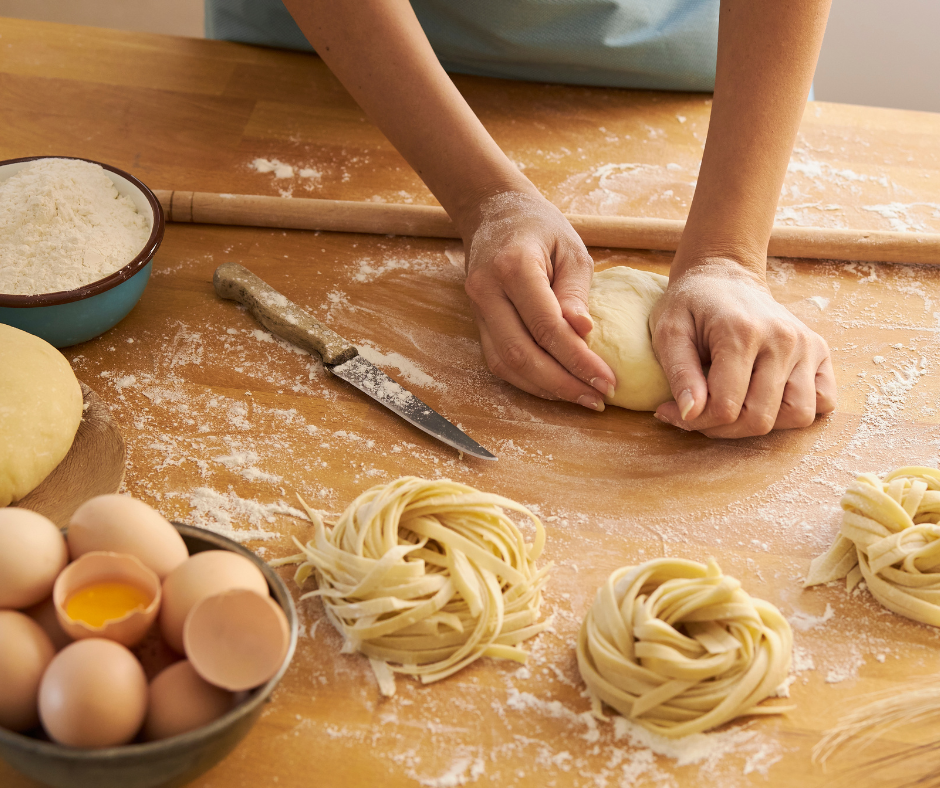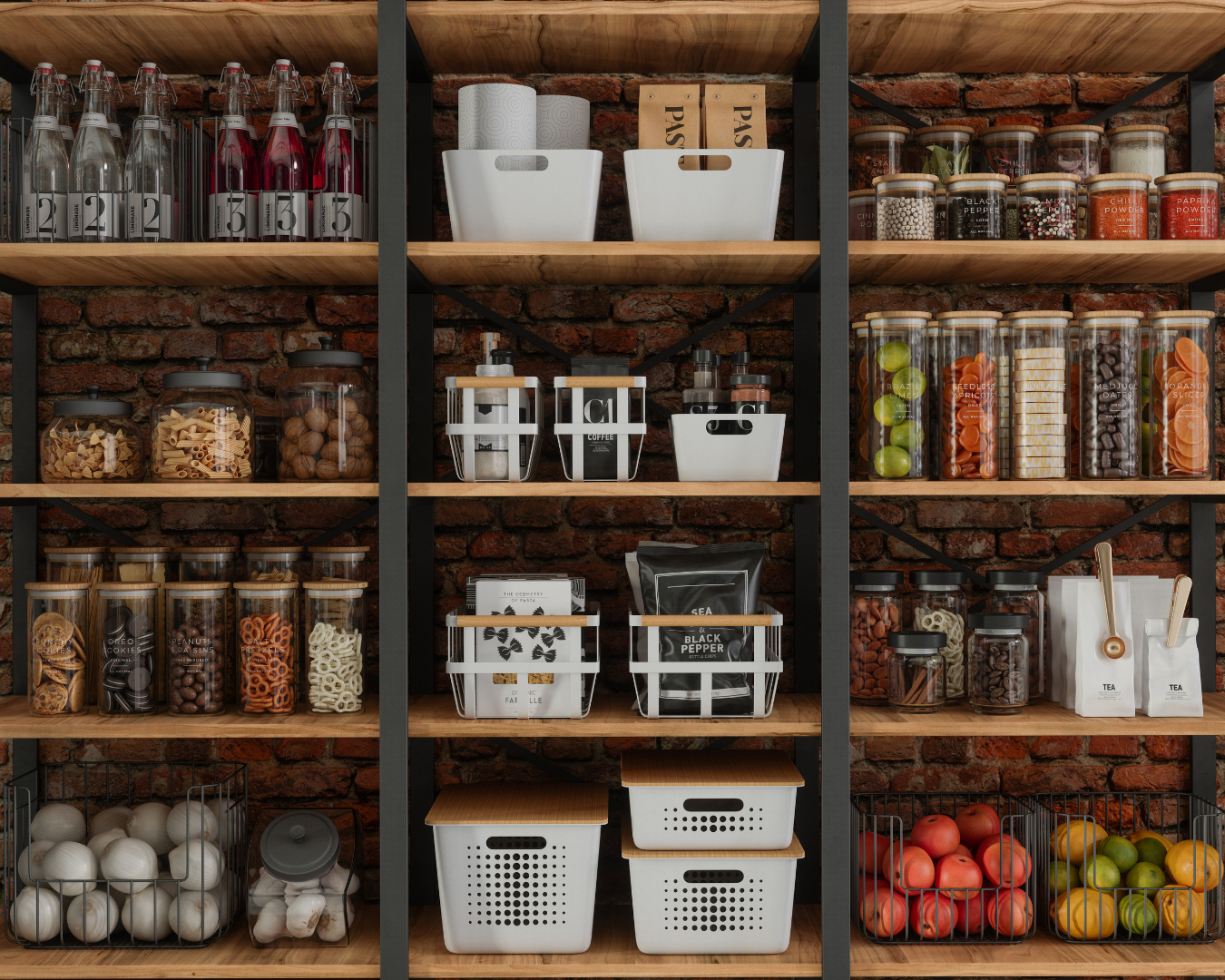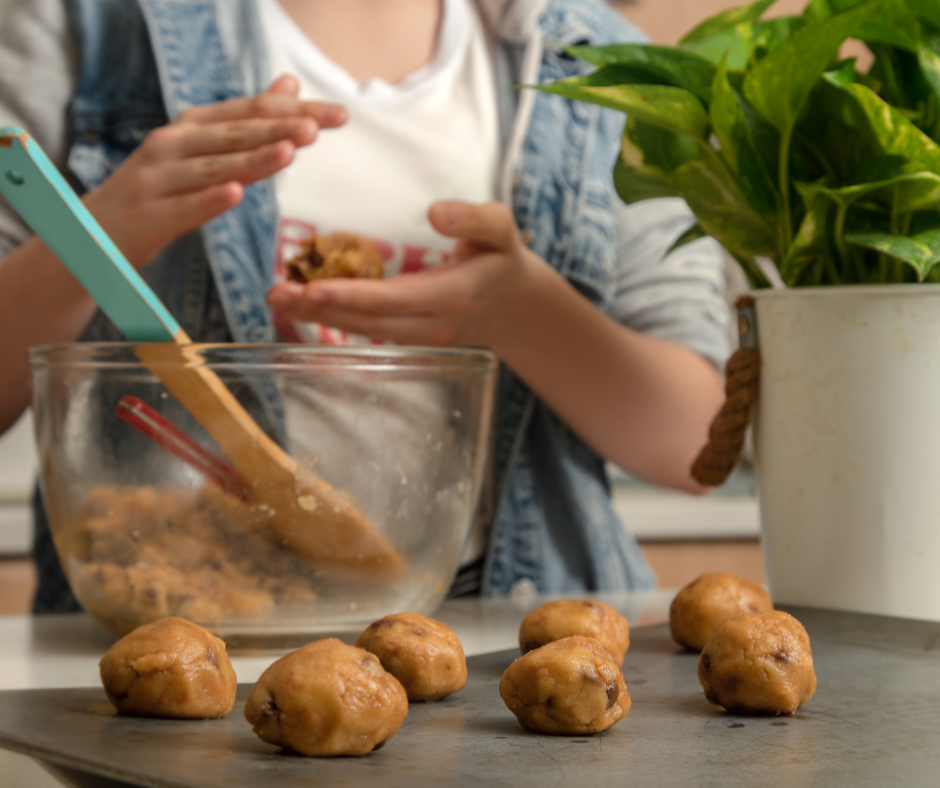Mastering Homemade Pasta: A Beginner’s Guide to From-Scratch Noodles
There’s something truly special about the taste and texture of homemade pasta. While it may seem daunting at first, making pasta from scratch is a rewarding culinary adventure that anyone can master with a little practice and patience. In this beginner’s guide, we’ll walk you through the step-by-step process of making delicious homemade pasta right in your own kitchen. 1. Gather Your Ingredients: To make homemade pasta, you’ll need just a few simple ingredients: all-purpose flour, eggs, and a pinch of salt. While some recipes may call for additional ingredients like olive oil or semolina flour, a basic pasta dough can be made with just flour and eggs. 2. Make the Dough: Start by creating a well of flour on a clean work surface. Crack the eggs into the center of the well and add a pinch of salt. Using a fork, gradually incorporate the flour into the eggs until a shaggy dough forms. Knead the dough until it becomes smooth and elastic, adding more flour if necessary to prevent sticking. 3. Rest the Dough: Once the dough is kneaded, wrap it tightly in plastic wrap and let it rest at room temperature for at least 30 minutes. This allows the gluten in the dough to relax, making it easier to roll out and shape. 4. Roll Out the Pasta: After the dough has rested, divide it into smaller portions and flatten each portion into a rough rectangle. Using a pasta machine or a rolling pin, roll out the dough until it is thin and uniform in thickness. If using a pasta machine, gradually decrease the thickness setting with each pass until the desired thickness is reached. 5. Shape the Pasta: Once the dough is rolled out, it’s time to shape it into the desired pasta shape. From classic spaghetti and fettuccine to more intricate shapes like ravioli and tortellini, the possibilities are endless. Use a pasta cutter or knife to cut the dough into strips or shapes, and then gently toss the pasta to separate the strands. 6. Cook and Enjoy: To cook homemade pasta, simply bring a large pot of salted water to a boil and add the pasta. Fresh pasta cooks much faster than dried pasta, usually in just 2-3 minutes. Once cooked, drain the pasta and toss it with your favorite sauce or toppings. With this beginner’s guide to making homemade pasta, you’ll be well on your way to creating delicious and satisfying meals right in your own kitchen. Experiment with different shapes, flavors, and sauces to customize your pasta creations and impress family and friends with your newfound culinary skills. Homemade pasta may take a little extra time and effort, but the end result is well worth it for the unparalleled taste and texture of freshly made noodles.










